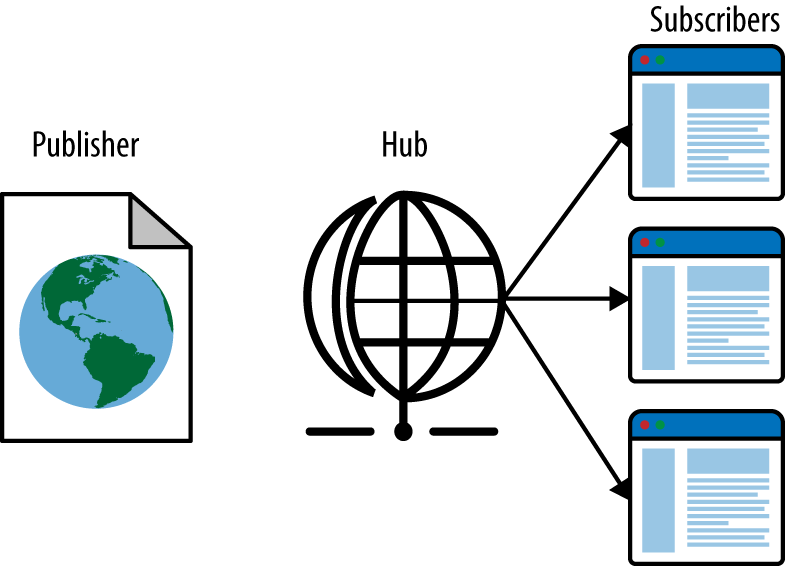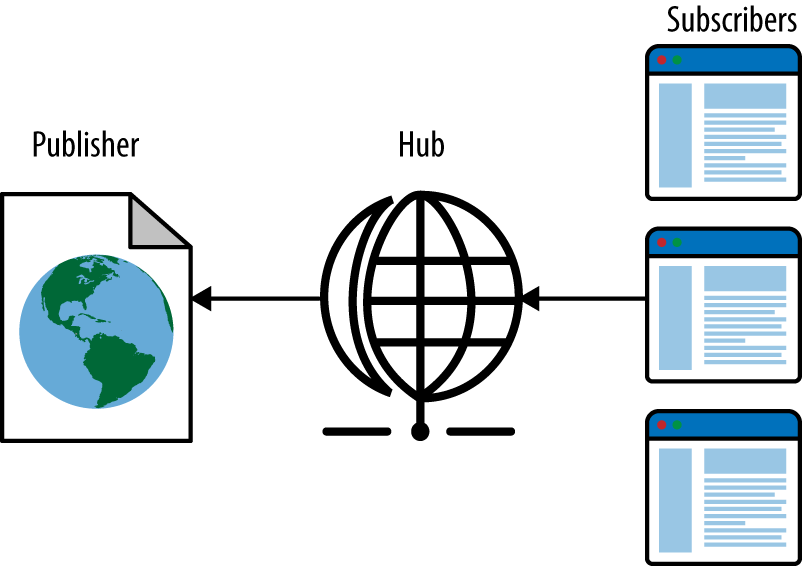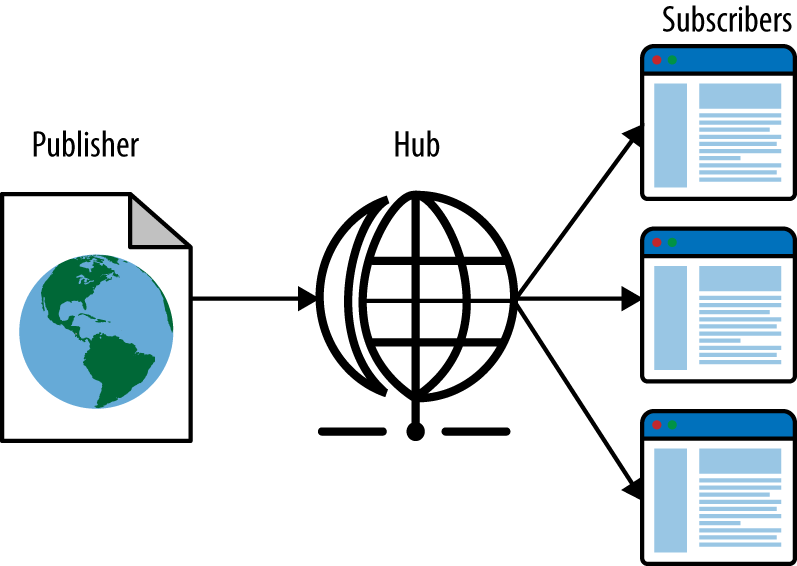- Programming Social Applications
- Dedication
- Preface
- 1. Social Application Container Core Concepts
- What Is a Social Application Container?
- Implementing Proprietary Versus Open Standards
- The Embedded Application: Building in a Black Box
- Embedded Application Security
- The External Application: Integrating Social Data Outside the Container
- Application Views
- Application Permission Concepts
- Client-Side Versus Server-Side Applications
- When Good Applications Go Bad
- Application Model Case Studies
- Quick-Start Tips
- 2. Mapping User Relationships with the Social Graph
- The Online Social Graph
- Applying the Real-Life Social Graph Online
- Sharing Private User Data: Opt-in Versus Opt-out
- Understanding Relationship Models
- Relationships Versus Entities
- Building Social Relevance: Exploring the Facebook Social Graph
- Defining Entity Likes and Dislikes Through the OpenLike Protocol
- Conclusion
- 3. Constructing the Foundation of a Social Application Platform
- 4. Defining Features with OpenSocial JavaScript References
- What You’ll Learn
- Including the OpenSocial Feature JavaScript Libraries
- Dynamically Setting the Height of a Gadget View
- Inserting Flash Movies in Your Gadget
- Displaying Messages to Your Users
- Saving State with User Preferences
- Setting Your Gadget Title Programmatically
- Integrating a Tabbed Gadget User Interface
- The Basic Gadget
- Creating a Tab from Markup
- Creating a Tab from JavaScript
- Getting and Setting Information About the TabSet
- Aligning tabs
- Showing and hiding tabs
- Obtaining the parent container
- Obtaining the currently selected tab
- Obtaining all tabs
- Removing a tab
- Setting the selected tab
- Swapping tab positions
- Getting and setting information about a tab
- Getting the callback of a tab
- Obtaining the content container
- Obtaining the tab position
- Obtaining the tab name
- Obtaining the tab label
- Extending Shindig with Your Own JavaScript Libraries
- Putting It All Together
- 5. Porting Applications, Profiles, and Friendships
- What You’ll Learn
- Evaluating OpenSocial Container Support
- Core Components of the OpenSocial Specification
- Cross-Container Development and Porting
- Porting Applications from Facebook to OpenSocial
- Personalizing Applications with Profile Data
- The Person Object
- Person Data Extraction Methods
- Fields Available Within the Person Object
- opensocial.Person.Field.ABOUT_ME
- opensocial.Person.Field.ACTIVITIES
- opensocial.Person.Field.ADDRESSES
- opensocial.Person.Field.AGE
- opensocial.Person.Field.BODY_TYPE
- opensocial.Person.Field.BOOKS
- opensocial.Person.Field.CARS
- opensocial.Person.Field.CHILDREN
- opensocial.Person.Field.CURRENT_LOCATION
- opensocial.Person.Field.DATE_OF_BIRTH
- opensocial.Person.Field.DRINKER
- opensocial.Person.Field.EMAILS
- opensocial.Person.Field.ETHNICITY
- opensocial.Person.Field.FASHION
- opensocial.Person.Field.FOOD
- opensocial.Person.Field.GENDER
- opensocial.Person.Field.HAPPIEST_WHEN
- opensocial.Person.Field.HAS_APP
- opensocial.Person.Field.HEROES
- opensocial.Person.Field.HUMOR
- opensocial.Person.Field.ID
- opensocial.Person.Field.INTERESTS
- opensocial.Person.Field.JOB_INTERESTS
- opensocial.Person.Field.JOBS
- opensocial.Person.Field.LANGUAGES_SPOKEN
- opensocial.Person.Field.LIVING_ARRANGEMENT
- opensocial.Person.Field.LOOKING_FOR
- opensocial.Person.Field.MOVIES
- opensocial.Person.Field.MUSIC
- opensocial.Person.Field.NAME
- opensocial.Person.Field.NETWORK_PRESENCE
- opensocial.Person.Field.NICKNAME
- opensocial.Person.Field.PETS
- opensocial.Person.Field.PHONE_NUMBERS
- opensocial.Person.Field.POLITICAL_VIEWS
- opensocial.Person.Field.PROFILE_SONG
- opensocial.Person.Field.PROFILE_URL
- opensocial.Person.Field.PROFILE_VIDEO
- opensocial.Person.Field.QUOTES
- opensocial.Person.Field.RELATIONSHIP_STATUS
- opensocial.Person.Field.RELIGION
- opensocial.Person.Field.ROMANCE
- opensocial.Person.Field.SCARED_OF
- opensocial.Person.Field.SCHOOLS
- opensocial.Person.Field.SEXUAL_ORIENTATION
- opensocial.Person.Field.SMOKER
- opensocial.Person.Field.SPORTS
- opensocial.Person.Field.STATUS
- opensocial.Person.Field.TAGS
- opensocial.Person.Field.THUMBNAIL_URL
- opensocial.Person.Field.TIME_ZONE
- opensocial.Person.Field.TURN_OFFS
- opensocial.Person.Field.TURN_ONS
- opensocial.Person.Field.TV_SHOWS
- opensocial.Person.Field.URLS
- Extending the Person Object
- Capturing the User Profile
- Using Friendships to Increase Your Audience
- Putting It All Together
- 6. OpenSocial Activities, Sharing, and Data Requests
- 7. Advanced OpenSocial and OpenSocial Next
- What You’ll Learn
- Data Pipelining
- OpenSocial Templating
- A Few More Tags: The OpenSocial Markup Language
- Localization Support with Message Bundles
- The OpenSocial REST API Libraries
- OpenSocial Next: Areas of Exploration
- OpenSocial and Distributed Web Frameworks
- Putting It All Together
- 8. Social Application Security Concepts
- What You’ll Learn
- Hosting Third-Party Code Through iframes
- A Secure Approach: The Caja Project
- Why Use Caja?
- Attack Vectors: How Caja Protects
- Setting Up Caja
- Cajoling Scripts from the Command Line
- Running Caja from a Web Application
- Running Caja with an OpenSocial Gadget
- Using JSLint to Spot JavaScript Issues Early
- Playing in the Caja Playground
- Tips for Working in a Caja Environment
- A Lighter Alternative to Caja: ADsafe
- ADsafe Versus Caja: Which One Should You Use?
- How to Implement ADsafe
- Putting It All Together
- Conclusion
- 9. Securing Social Graph Access with OAuth
- Beyond Basic Auth
- The OAuth 1.0a Standard
- OAuth 2
- OAuth 2 Workflow
- Implementation Example: Facebook
- Implementation Example: Requesting More User Information in the Facebook OAuth Process
- Implementation Example: End-User Experience
- Tips for Debugging Request Issues
- Conclusion
- 10. The Future of Social: Defining Social Entities Through Distributed Web Frameworks
- What You’ll Learn
- The Open Graph Protocol: Defining Web Pages As Social Entities
- Activity Streams: Standardizing Social Activities
- WebFinger: Expanding the Social Graph Through Email Addresses
- OExchange: Building a Social Sharing Graph
- PubSubHubbub: Content Syndication
- The Salmon Protocol: Unification of Conversation Entities
- Conclusion
- 11. Extending Your Social Graph with OpenID
- The OpenID Standard
- Do I Already Have an OpenID? How Do I Sign Up for One?
- The OpenID Authentication Flow
- OpenID Providers
- Bypassing Domain Discovery Errors in OpenID
- OpenID Extensions
- Simple Registration Extension
- Attribute Exchange Extension
- Attribute exchange types: Addresses
- Attribute exchange types: Audio and video greetings
- Attribute exchange types: Date of birth
- Attribute exchange types: Email
- Attribute exchange types: Images
- Attribute exchange types: Instant messaging
- Attribute exchange types: Name
- Attribute exchange types: Telephone
- Attribute exchange types: Websites
- Attribute exchange types: Work
- Attribute exchange types: Other personal details and preferences
- Provider Authentication Policy Extension
- Extensions Currently Under Development
- Implementation Example: OpenID
- Common Errors and Debugging Techniques
- Conclusion
- 12. Delivering User-Centric Experiences with Hybrid Auth
- The OpenID OAuth Hybrid Extension
- When Should I Use OpenID Versus Hybrid Auth?
- The OpenID OAuth Hybrid Auth Flow
- Implementation Example: OpenID, OAuth, and Yahoo!
- Application Setup: Getting Your OAuth Keys for the Hybrid Auth Process
- Implementing Hybrid Auth Using PHP
- Implementing Hybrid Auth Using Python
- Conclusion
- A. Web Development Core Concepts
- Glossary
- Index
- About the Author
- Colophon
- Copyright
The Salmon protocol itself simply defines methods for unifying conversations and updated content among a series of sites or services. Its workflow includes two main actors that will be communicating back and forth:
- Publisher (source)
The site or services containing the content and conversation entities that other sites subscribe to or aggregate
- Subscriber (aggregator)
The sites or services that aggregate the content and conversations from the publisher, syndicating out that content on their own sites
The communication between these two entities spans several different steps, which we’ll cover next.
At the first stage of the process, the publisher updates its content or has updates to its discussion threads. It pushes these updates through to its subscribers via a communication method such as PubSubHubbub so that the subscribers may update their content. Figure 10-12 shows this full flow—from the publisher through the hub to the subscribers.
This step mirrors the communication step between publisher and subscriber that we saw in the PubSubHubbub protocol, where a centralized hub controls the flow of updates from publisher to subscriber.
When the content is pushed to the subscriber, it contains a link parameter with a callback URI on the publisher side that will be used to push content back upstream from subscriber to publisher.
The subscriber takes the new content and updates the version on its site or service so that it is in sync with the publisher. The callback URI provided in the update feed is stored for later use.
Once the content on the subscriber site or service is updated (e.g., new comments), the subscriber will retrieve the Salmon callback URI for the publisher and push its updated content back to the publisher via an HTTP POST request, as shown in Figure 10-13.
At this point, the publisher will need to implement a verification mechanism to ensure that the subscriber is a trusted source. If the subscriber is indeed trusted, then the publisher will integrate the changes back into its content.
Once the new content is integrated back into the publisher site or service, that publisher will issue another call to all subscribers with the new updates so that they may all update their versions to the new unified content. Figure 10-14 shows this transaction.
As with the first step, the publisher may use mechanisms such as PubSubHubbub to push content through to a series of subscribers.
-
No Comment



